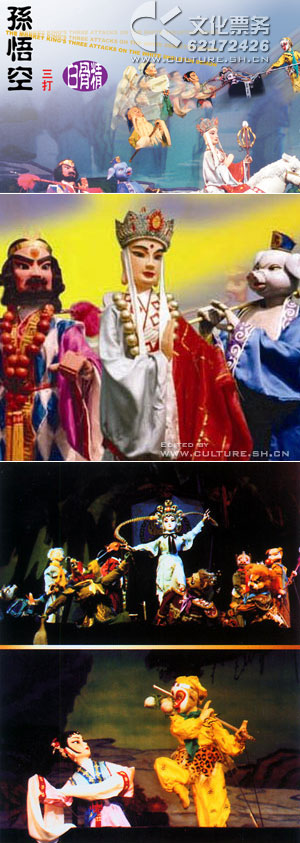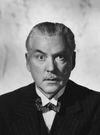'Journey to the West'
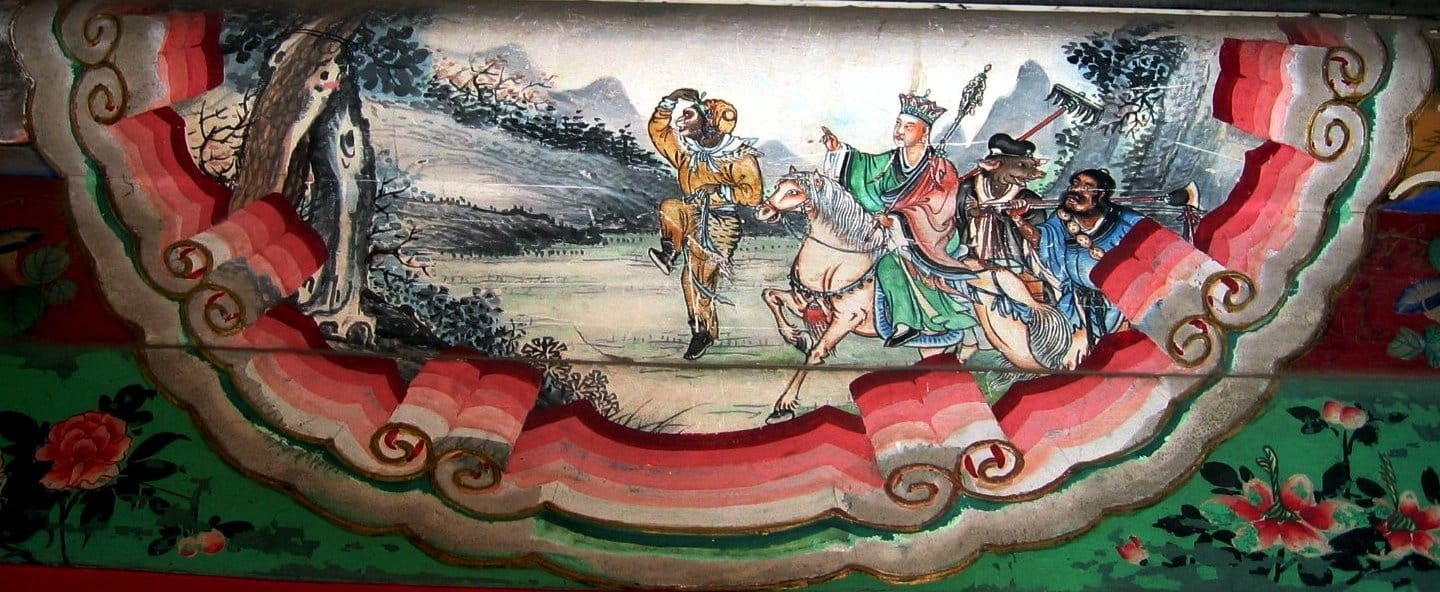
The classic Chinese epic, Journey to the West, is the tale of four travelers, or technically five: the Buddhist monk Xuanzang and his three protectors, Monkey King, Monk Pig, and Sand Monk, plus a white dragon prince who acts as the Xuanzang's horse. They experience many thrilling adventures in their quest for Buddhist scriptures in India, before returning home to China. (Some of the original palm-leaf manuscripts and Buddha figurines are rumored to be in an underground palace at the Big Wild Goose Pagoda in Xi'an.)
This journey is a powerful spiritual myth in China, just as the Western frontier myth has been for America, as Chinese empires generally have expanded westwards before contracting back upon themselves, just as America has done, looking westwards and then eastwards again to Europe around the same time Baum was writing his tales of Oz - Henry James, Edith Wharton, and so on.
Journey to the West is attributed to Wu Cheng'en - it was published anonymously in the 16th century during the Ming era - but oral versions of its folktales were circulating much earlier. The myth also echoes Lao Tzu (Laozi), the legendary founder of Taoism, whose journey into the vast western desert on his water buffalo was interrupted only long enough for him to write down the Tao Te Ching.
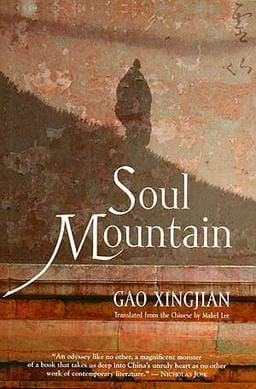
Modern Chinese literature has repeated this journey, notably Gao Xingjian's wonderful Soul Mountain (1990), Xu Xing's You Can Have Whatever’s Left (1996) and Ma Jian's Red Dust: A Path Through China (2001), to name but three. Nowadays it's the domain of many urban bloggers traveling to Tibet and Xinjiang. A movie version of 2013, Stephen Chow's Journey to the West: Conquering the Demons uses the story as its starting point. The film was a massive box office hit in China (poster detail below):
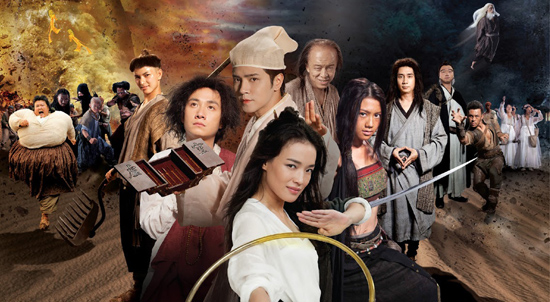
L. Frank Baum too would make his pilgrimage to the West, moving the family from Chicago to Hollywood in 1910, and calling his new home Ozcot. The house no longer exists.
Last century the journey to the West was repeated by the Communists’ Long March of 1934, before they retook the East, and the Guomintang retreated West to Chungking during World War II before taking refuge in Taiwan. Nowadays, Beijing has designs on “its” western provinces, including opening up Tibet. For the West, its relations with China have been literally a journey to the West, as in the defeat of Japan in World War II, the Korean and Vietnam misadventures and President Nixon’s historic trip to China in 1972.
The image below is from Shanghai Puppet Theatre's advertising for Monkey King Conquers The White Boned Demon. Interesting choice...
